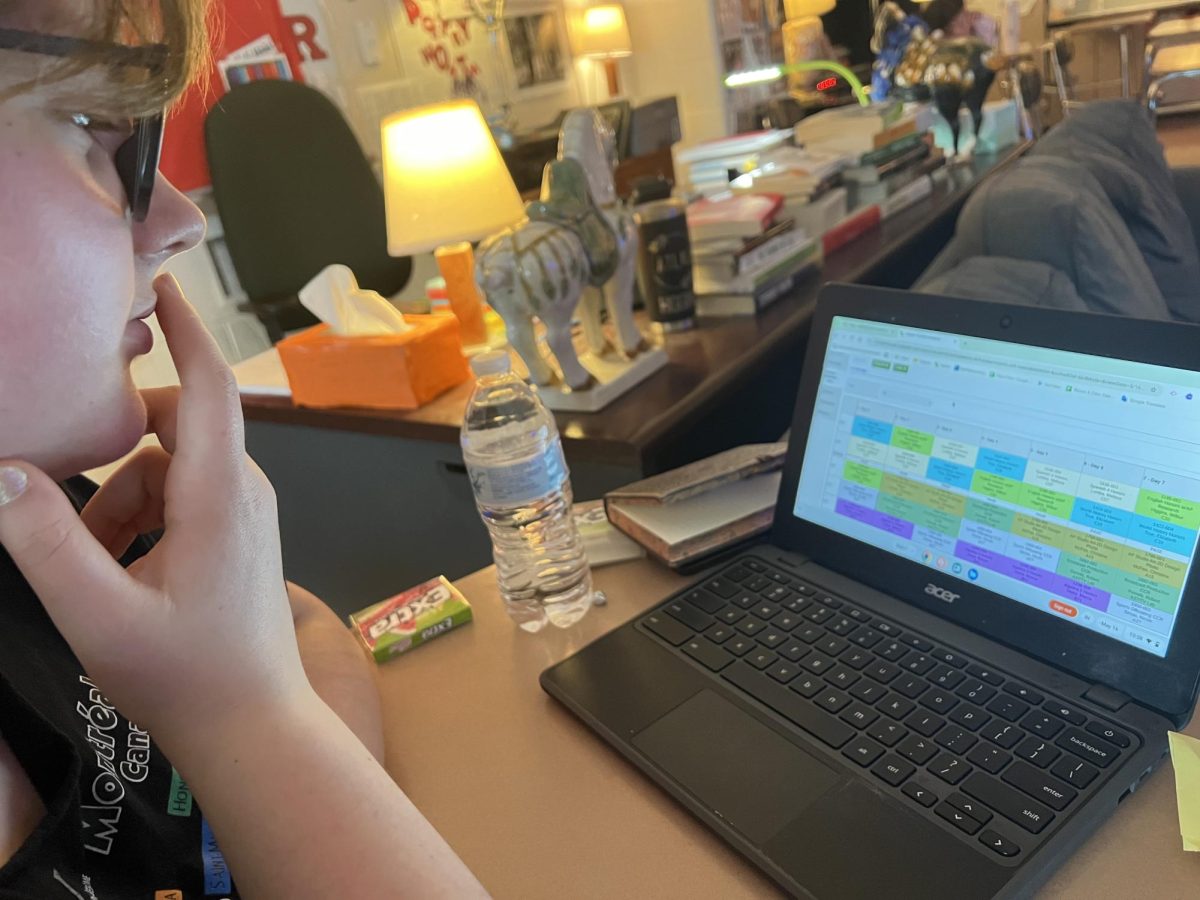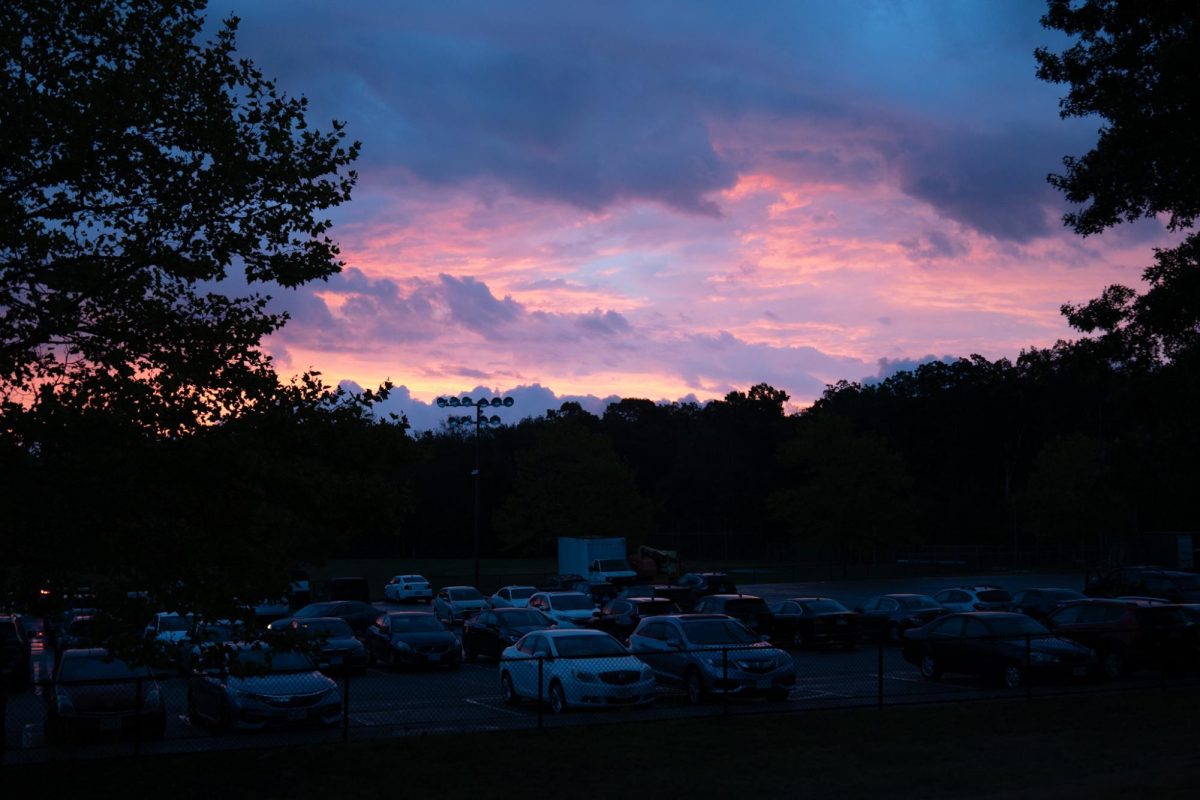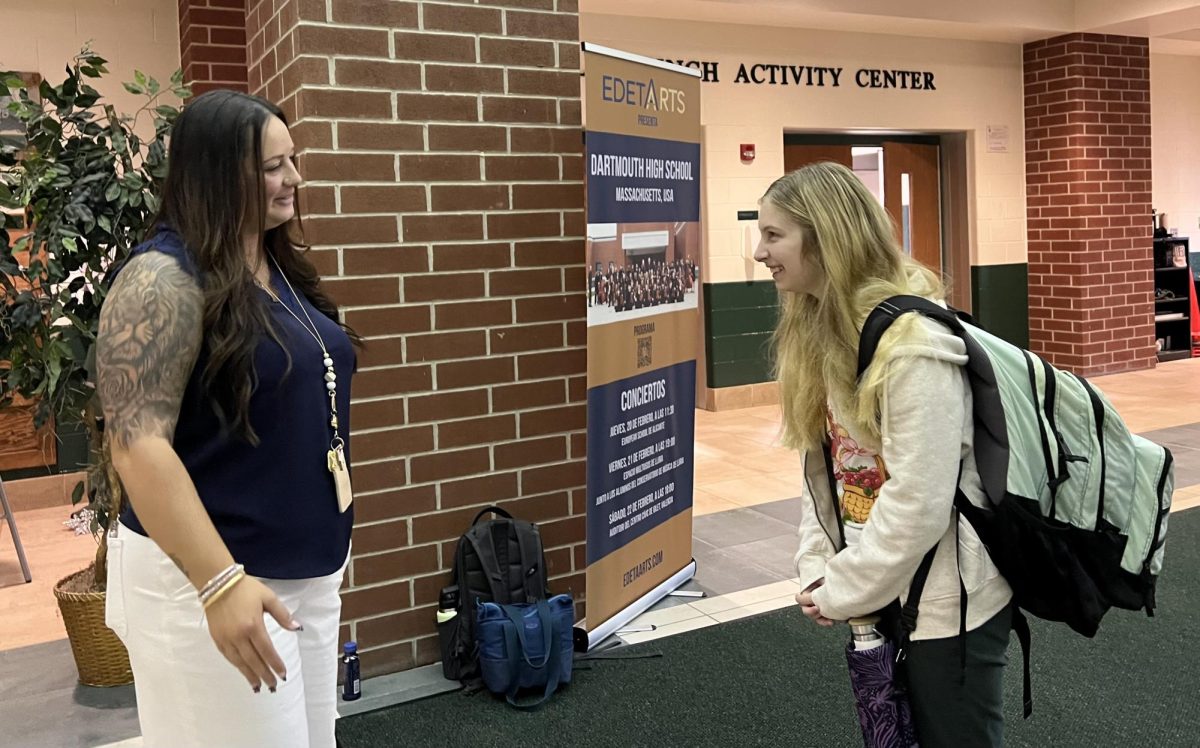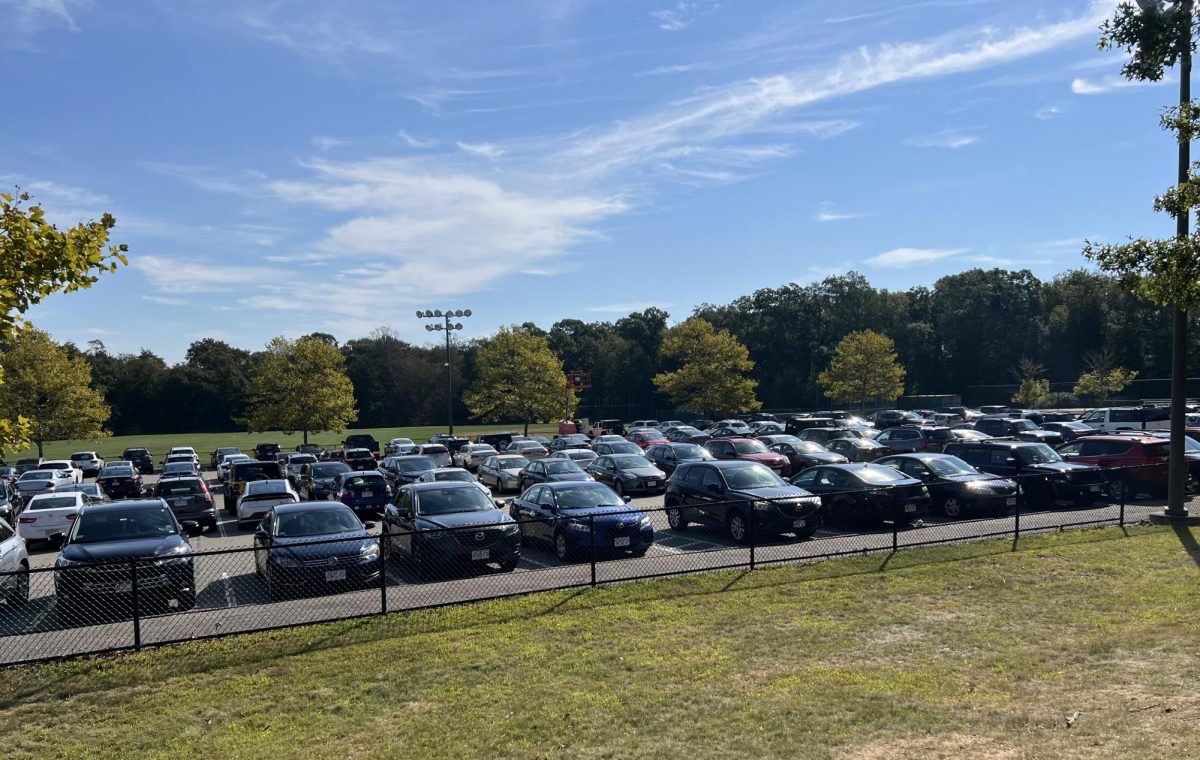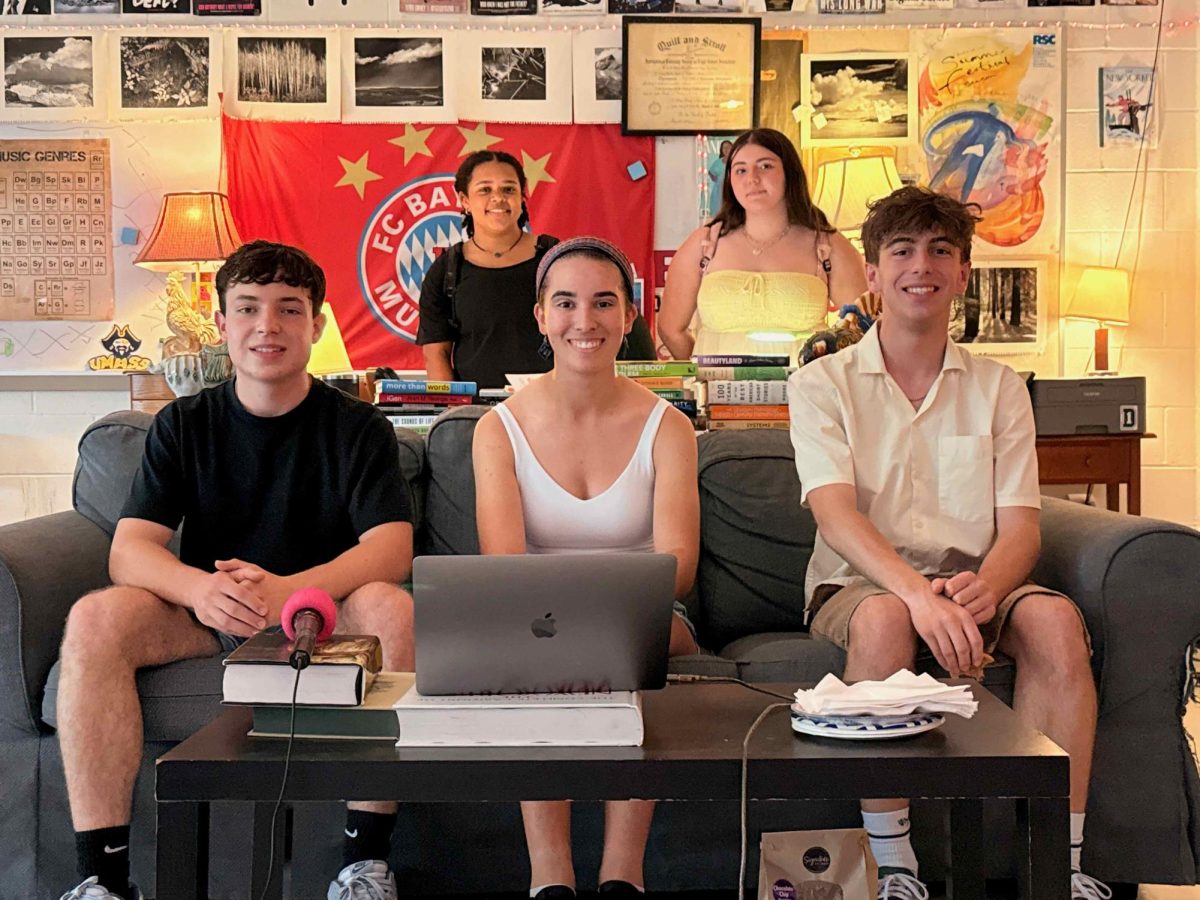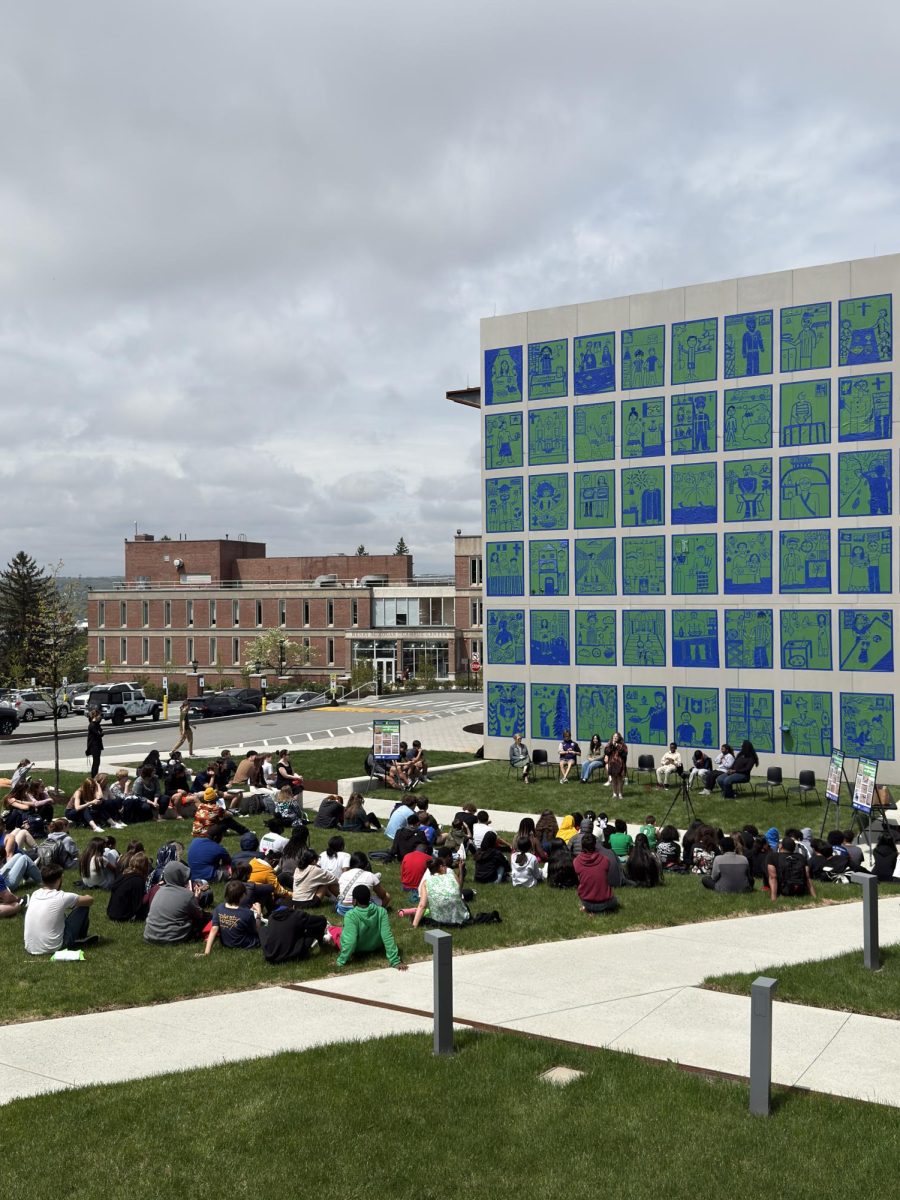Every spring at DHS, students choose which classes they will take the following school year. There’s always a period of anxiety in between when students meet with their guidance counselors to input their requests and when they actually get their schedule in their hands. To students, the process of putting their schedules together always seems vaguely complicated, even mysterious. They don’t know exactly what happens.
Creating students’ schedules “is really an entire year-long process that’s broken up into smaller, manageable chunks,” said Director of High School Counseling Bridgit DaSilva. It starts in August, when DaSilva meets with the lead teachers of each department to decide which classes will be in the Program of Studies—-a 70 to 80 page document that contains every course offered at DHS for that particular academic year.
Later on, the principal and associate principal are added to the deliberations. Once the meetings are complete, DaSilva begins “drafting and editing” the Program of Studies. However, before the Program can be published, it first has to be approved by the school committee. This year, the Program was released later than usual; students received the document in their inbox on March 25. DaSilva attributes the delay to changing competency standards and new graduation requirements for the Class of 2029, as well as the lead teacher meetings taking a longer period of time to complete.
“As soon as you miss that first deadline, forget it,” DaSilva said about getting schedules out on time.
As students peruse the Program, DaSilva builds the background for the master schedule in Aspen, the district’s student information system. Every year, the most minute details—such as what classroom a certain class takes place in, its length, its size, who teaches it—have to be input each year. In addition, she has to remove the entire senior class from what the guidance department refers to as Aspen’s “build view,” as they will not be completing course selection. Then she has to add in the eighth graders who will soon be freshmen.
“There’s certain information that’s carried over from year to year, but it has to be looked at as a brand new process, because it could very easily be overlooked,” said DaSilva. “There are a lot of mechanics and information behind the scenes for Aspen that we need to make sure we verify.”
After that comes course selection. The guidance counselors meet with each student and have them choose their academic classes, electives, and alternate classes. This gives DaSilva the rough estimate of how many students are interested in taking each class. At that point, she meets with the lead teachers again to discuss the course tallies. Then, “everything is closed off,” she said. “That’s when I start working again.”
DaSilva has to adjust the master schedule, given the new information from course selection. Ultimately, creating the schedule is like trying to put together the pieces of a quite complicated puzzle. “It’s a lot of problem solving,” DaSilva said. Aspen will run, crafting a schedule with the given parameters, only to stop when it encounters an error. DaSilva fixes the error; Aspen runs again, then stops when it finds another.
“When we get the master schedule to a point where there are no more errors, that’s when we can start building the information into students’ schedules,” DaSilva added.
She runs into another unavoidable problem. “[The Program of Studies] has a ton of courses. There’s no way we can offer every single course,” she explained. “So we deal with parents, students, and teachers being disappointed because we can’t run a course.”
This is due to a variety of reasons, namely that some courses have to run at certain times. For example, the orchestra always runs first and second period, as the instructors have to teach at the middle school later in the day. The early childcare program, similarly, takes place in the morning to accommodate the elementary schools’ schedule. Some of the AP Labs can only run during the A-C or F-G period. Students often have to make sacrifices and can’t take every class they want.
“You would have to make a choice at that point: do I want to be an orchestra student, or do I want to do the early childcare practicum?” DaSilva said. “It really comes down to making a four-year plan with your guidance counselor and figuring out, unfortunately, what is more important to you.”
To help alleviate some of this stress, in 2024 the guidance department changed the time they release schedules. Since then, students receive a copy of their schedule in June before leaving for the summer. Previously, the guidance counselors gave students their schedules when they returned to school in August.
The copy students get in June does not list which room the class will take place in or who is teaching it. That way, when students seek to change classes during the two week add/drop period, they’re changing it for legitimate reasons—instead of because they don’t like a teacher or want to be in a class with their friend. “One of the things we noticed this year,” DaSilva said, “was that there weren’t as many schedule changes at the start of the school year.”
This also provides students with the opportunity to decide if they want to make a level change between AP, Honors, or CCR. Previously, some students may have signed up for an AP class and completed all the summer work, only to find out in August that the AP class didn’t fit into their schedule. “It gives you the opportunity, if you’re looking at the AP coursework over the summer, to readjust your schedule and not wonder all summer, ‘Am I getting into that AP class? Am I not getting into it? I wanted internship; am I not getting internship?’” DaSilva said.
Oftentimes, students have a blank spot in their schedule. The department calls these “holes,” and they’re not the result of a problem with Aspen’s software, as commonly believed. “That’s a human error right there,” DaSilva said. “If your schedule comes out with a blank, it’s because either a guidance counselor didn’t input something because you didn’t choose an alternate, or you have alternates but nothing is fitting in that spot.” Now, instead of starting the school year with an incomplete schedule, students can get any holes fixed during the add/drop period in June.
Another change to the scheduling process started this year: teacher recommendations. Teachers were supposed to conference with each of their students about which class in that subject area would best suit them for next school year. Afterwards, they input the recommendation in Aspen for students, parents, and guidance counselors to reference as schedule requests are being developed.
When the NEASC Visiting Committee evaluated DHS in March, they suggested the guidance department use the teacher recommendation system. “Because we hadn’t done course selection at that point, we were able to take the committee’s recommendation and quickly turn it into a practice,” DaSilva said.
As for this year’s schedule, DaSilva admits it’s “extremely late.”
“We’re hopeful they’ll be out in June,” she said. “I can’t say if they will be or won’t be at this point.”

